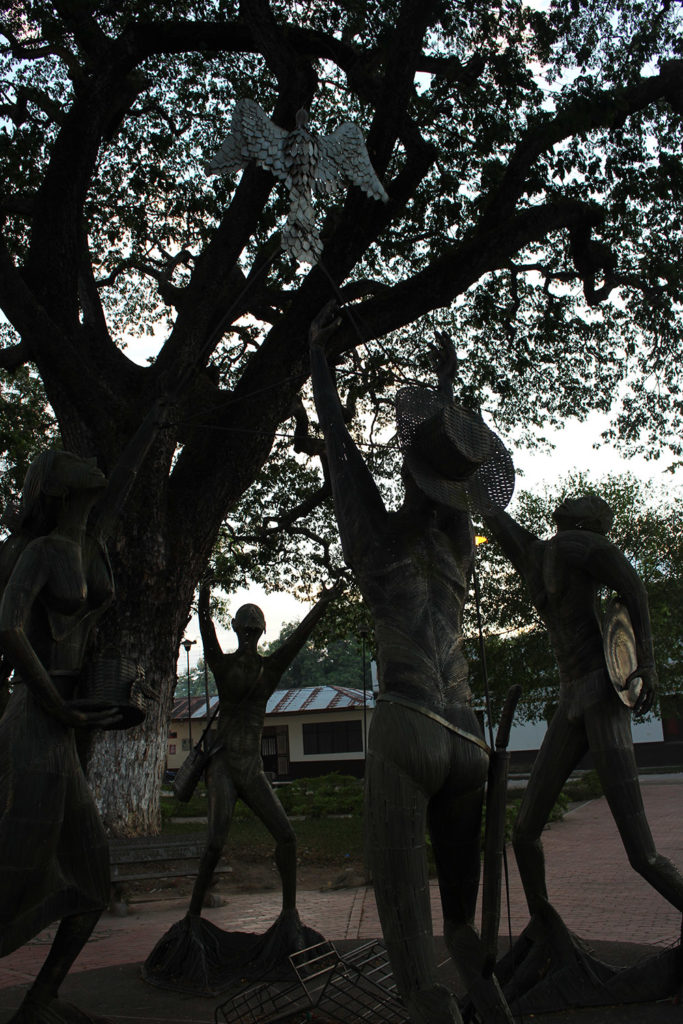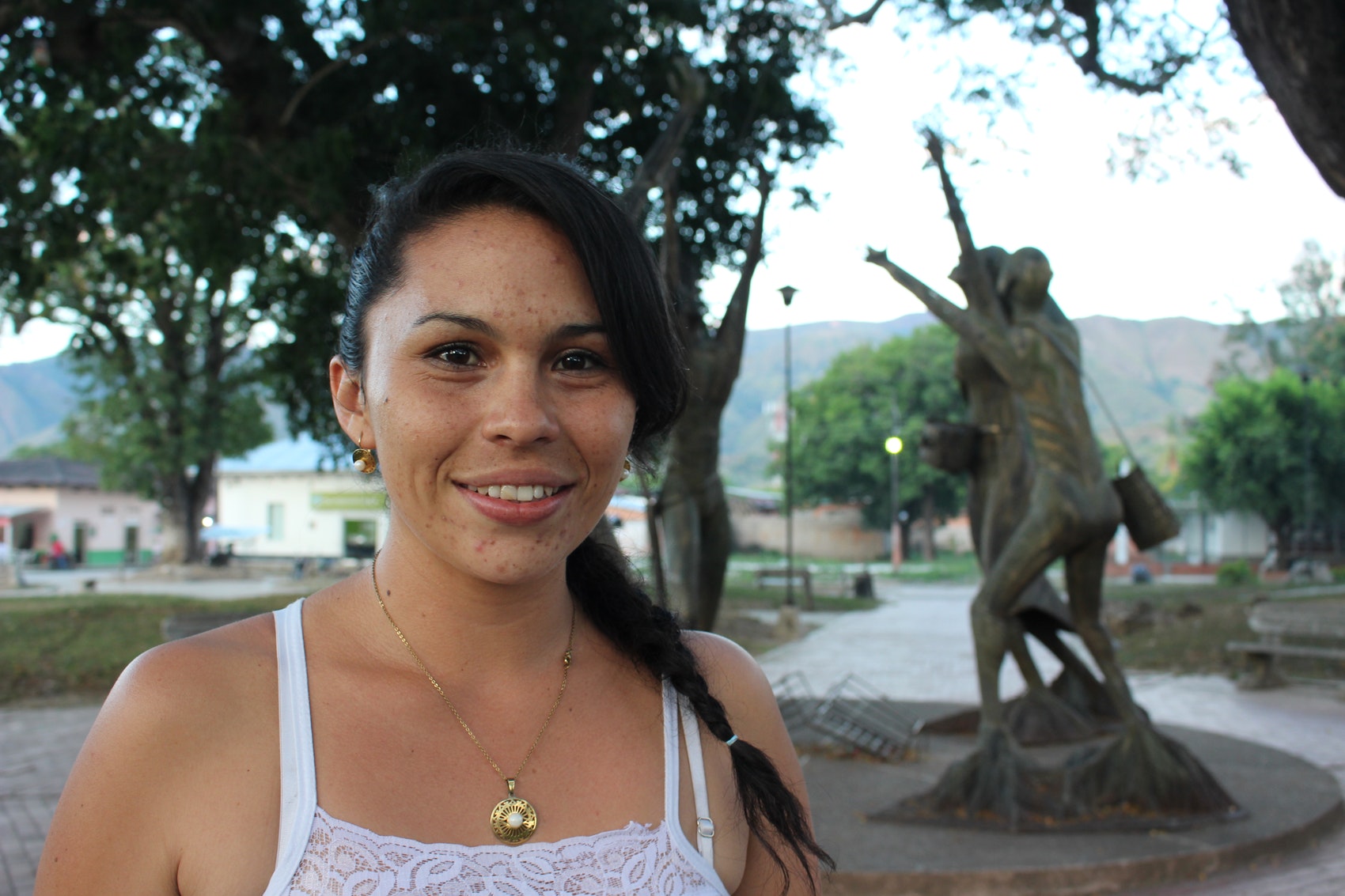Q&A with Victims’ Liaison in the Municipality of Ataco, Tolima
Originally appeared on Exposure.
THE VICTIM’S NEEDS
What does your office do in the municipality of Ataco?
The Victims’ Liaison Office advises people in terms of their rights to petition, tutelas [writs for the protection of constitutional rights] and their rights as victims of the armed conflict. In addition, we manage humanitarian aid to victims and update their information in government systems. This work goes hand in hand with the monitoring of land restitution rulings and the verification of compliance with those rulings.
USAID is working with the government to better respond to and comply with restitution rulings. Have you seen any improvement in the capacity of the mayor’s office in this regard?
USAID helped us develop an internal management system. This system consists of building internal procedures so that as soon as a ruling is issued, we know who should do what. This enables us to handle information in an organized and coordinated manner.
How did you coordinate and organize responses before?
We were disorganized—there was no Transitional Justice Committee. Emails would arrive everywhere, and nobody knew who they were for or how to respond. USAID supported us in issues of institutional organization and helped us improve the Transitional Justice Committee. We have also received support in creating procedures for vulnerable populations, children, and people in unsafe situations to receive assistance. The president of the committee is the mayor, and all the institutions are present. They meet every two months, and a report that explains what has been done with the victims must be delivered.
One of the newly created subcommittees is that on land restitution. What is the role of this subcommittee?
We have restitution rulings backlogged since 2012. In Ataco, we have 213 sentences with more than 900 individual orders, which may involve more than 400 families, since each sentence has more than one verdict and sometimes affects several families. In fact, this is one of the reasons why it’s so difficult to handle information. The subcommittee manages the information and routes of compliance for the rulings. At our meetings, we check all those overdue judgments, follow the compliance routes that apply and collect the information.




PRIORITIZING RESTITUTION
How do you decide who responds to each ruling?
We look at co-responsibility. For example, these past two months we’ve had meetings with institutions such as courts, the governor’s office, SENA, the Land Restitution Unit and the Agrarian Bank. At these meetings we all have a discussion, and the municipality presents a report on what has been done by each institution, which allows us to see what problems exist and how to fix them.
With this strengthening of systems and organization, has the budgeting process for victims changed?
Yes. Last year, USAID helped us with the municipality’s Territorial Action Plan, from the collection of information to its creation. It was approved in December 2016. With this document, the municipality is able to better plan its care for victims. Assistance is now cross-sectional, and the municipality’s entire budget can be used for victim-related issues. The idea is for funds to be allocated to the population in general and at the same time to victims and vulnerable populations. The budget—more than 10 billion pesos between our own budget, transfers and royalties—has always existed, but it was not used the way it should have been.
So the mayor’s office had not added more money for victims, but instead has changed its approach to looking at restitution rulings?
Yes, exactly. We decided that we have one peso and we’ll split it between the communities of vulnerable people, victims and/or indigenous people. The municipality has always had the money, but it has never reported information as it should. This is what we started to do through our partnership with USAID.
Restitution rulings often require investment in infrastructure and the restoration of basic services. How have you strengthened the procedures for complying with orders of this magnitude?
The design of projects that respond to victims is very important, especially for tertiary road and agricultural projects. USAID is helping us determine which tertiary roads should be prioritized for the restituted population. At the same time, we have been trained to manage the platform and design projects. The road in the restituted area of Balsillas, about 33 kilometers long, will be the first investment of this type. The budget is big, but the contributions from the governor’s office and mayor’s office have already been identified. We’re still waiting for the contribution from the Ministry of Finance. The municipality is going to provide the operators and maintenance, while the governor’s office will provide a machinery kit. The whole process was facilitated and prepared by USAID.
USAID is facilitating a public-private partnership for cacao in Southern Tolima, and our intention is for the partnership to incorporate victims and beneficiaries of land restitution. How does your office help inform victims of these programs?
Most recently, we consulted restitution beneficiaries to see if they wanted to participate in the partnership and in an agriculture project related to cacao. Initially, four families in Ataco were considered due to the type of soil and the size of the property they own. We made sure that they were included, and every year the municipality is contributing 40 million pesos to the partnership for more than 400 cacao farmers in Ataco who are currently involved in the land restitution process or live in areas that will be restituted in the near future.





